A flock of cranes fly around the Phu My Species - Habitat Conservation Area, Giang Thanh district, then land to find food.
On the afternoon of April 1, Mr. Lam Hong Tuan, Deputy Director of the Phu My Species and Habitat Conservation Area Management Board, said that the flock of cranes appeared in the garden 4 days ago. Nine cranes landed at the feeding ground, in the buffer zone, near the people's rice fields. A day later, they returned to look for food, and in the afternoon flew to the Anlung Pring Conservation Area (Cambodia), 3 km away.
"The flock of cranes flew very close, calling loudly. Everyone in the reserve came out to watch, everyone was happy," said Mr. Tuan, adding that a few years ago, the owner of a field near the feeding ground saw a similar flock of cranes flying towards the reserve.
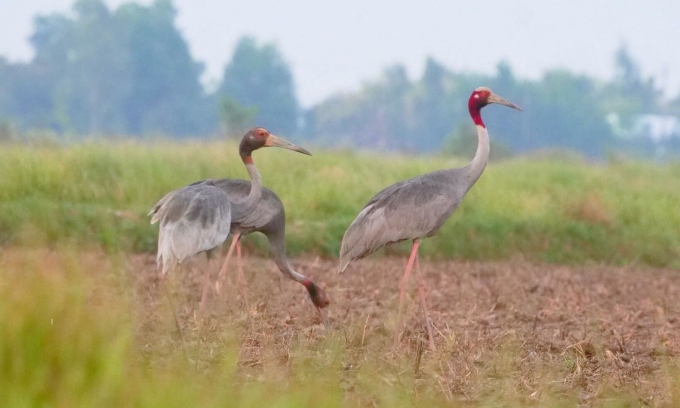
Red-crowned cranes return to Phu My Species and Habitat Conservation Area, March 2024. Photo: Lam Quang Ngon
According to Mr. Tuan, the area where the cranes roost is considered quiet and has abundant food. Two weeks ago, the management board actively burned the grass to reduce the ground cover. The management board has stepped up propaganda and restricted people from illegally entering the reserve to keep the cranes.
Phu My Species and Habitat Conservation Area, covering an area of 2,700 hectares, was established to manage, conserve and exploit sedge, associated with local traditional handicrafts. With a wetland ecosystem, this place is a familiar migration site for cranes.
Conservation center staff filmed the cranes flying back. Video: Hong Tuan
On March 8, four red-crowned cranes also flew back to Tram Chim National Park (Tam Nong district, Dong Thap), about 120 km from Phu My conservation area, after two years of absence.
Master Nguyen Hoai Bao, Deputy Director of the Center for Wetland Research (University of Natural Sciences, Ho Chi Minh City), said that the dry weather has allowed the rare birds to expand their feeding grounds. In addition, in recent years, farmers have reduced the use of pesticides in cultivation, contributing to the restoration of the ecological environment, which has attracted cranes to Tram Chim and Phu My.
"Red-crowned cranes are very sensitive to signals from the environment. Their return to Vietnam is a good thing. When the Government pursues a clean agriculture strategy, the cranes will return in the future," he said.
The red-crowned crane is a rare bird listed in the Vietnam and World Red Book. The bird is notable for its red head and neck, with featherless red stripes on the wings and a grey tail. Adults are 1.5-1.8 m tall, with a wingspan of 2.2-2.5 m, and weigh 8-10 kg. Three-year-old cranes will pair up to breed and spend a year raising their young before giving birth to the next brood.
Late last year, Dong Thap approved a 10-year crane conservation project. According to the plan, the province will receive 60 pairs of cranes from Thailand and then raise an additional flock of 40. After care and training, they will be released into the wild at Tram Chim National Park. To date, the cranes have not been brought back to the park.
According to the International Crane Association, there are an estimated 15,000-20,000 red-crowned cranes in the world, of which 8,000-10,000 are distributed in India, Nepal, and Pakistan. As for the Oriental cranes (mainly in Vietnam and Cambodia), since 2014, there were about 850 red-crowned cranes, but by 2014 there were 234, and now there are about 160.
Ngoc Tai
Source link


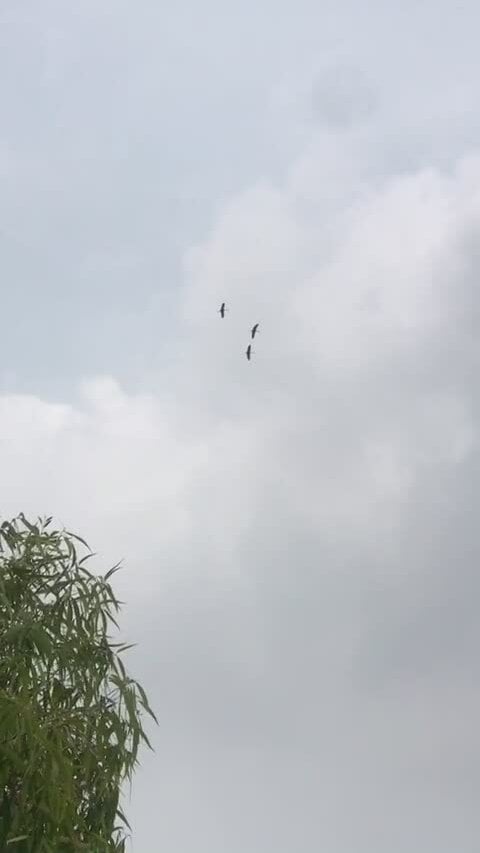
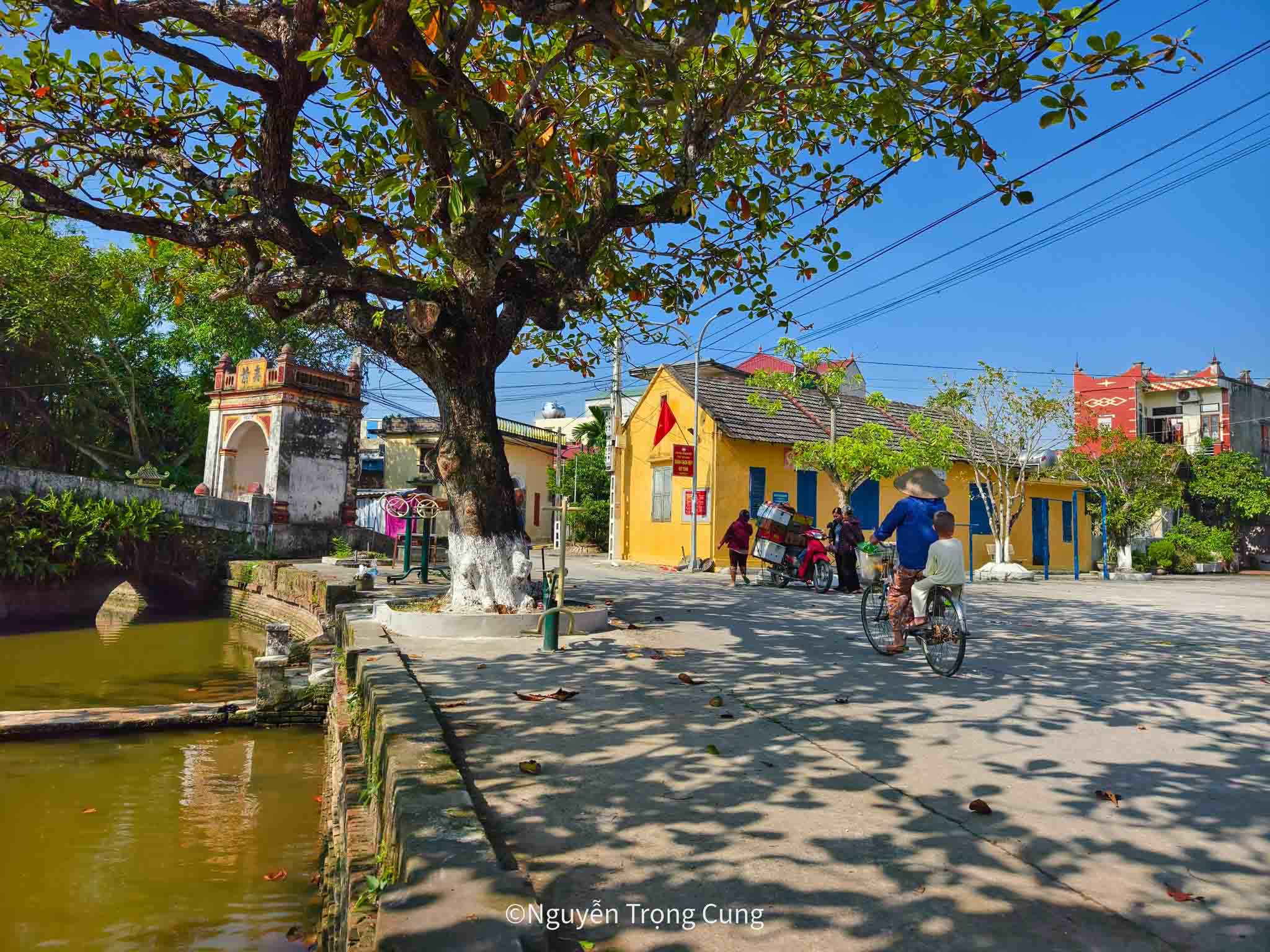

![[Photo] Phuc Tho mulberry season – Sweet fruit from green agriculture](https://vstatic.vietnam.vn/vietnam/resource/IMAGE/2025/4/10/1710a51d63c84a5a92de1b9b4caaf3e5)
![[Photo] Prime Minister Pham Minh Chinh chairs meeting to discuss tax solutions for Vietnam's import and export goods](https://vstatic.vietnam.vn/vietnam/resource/IMAGE/2025/4/10/19b9ed81ca2940b79fb8a0b9ccef539a)
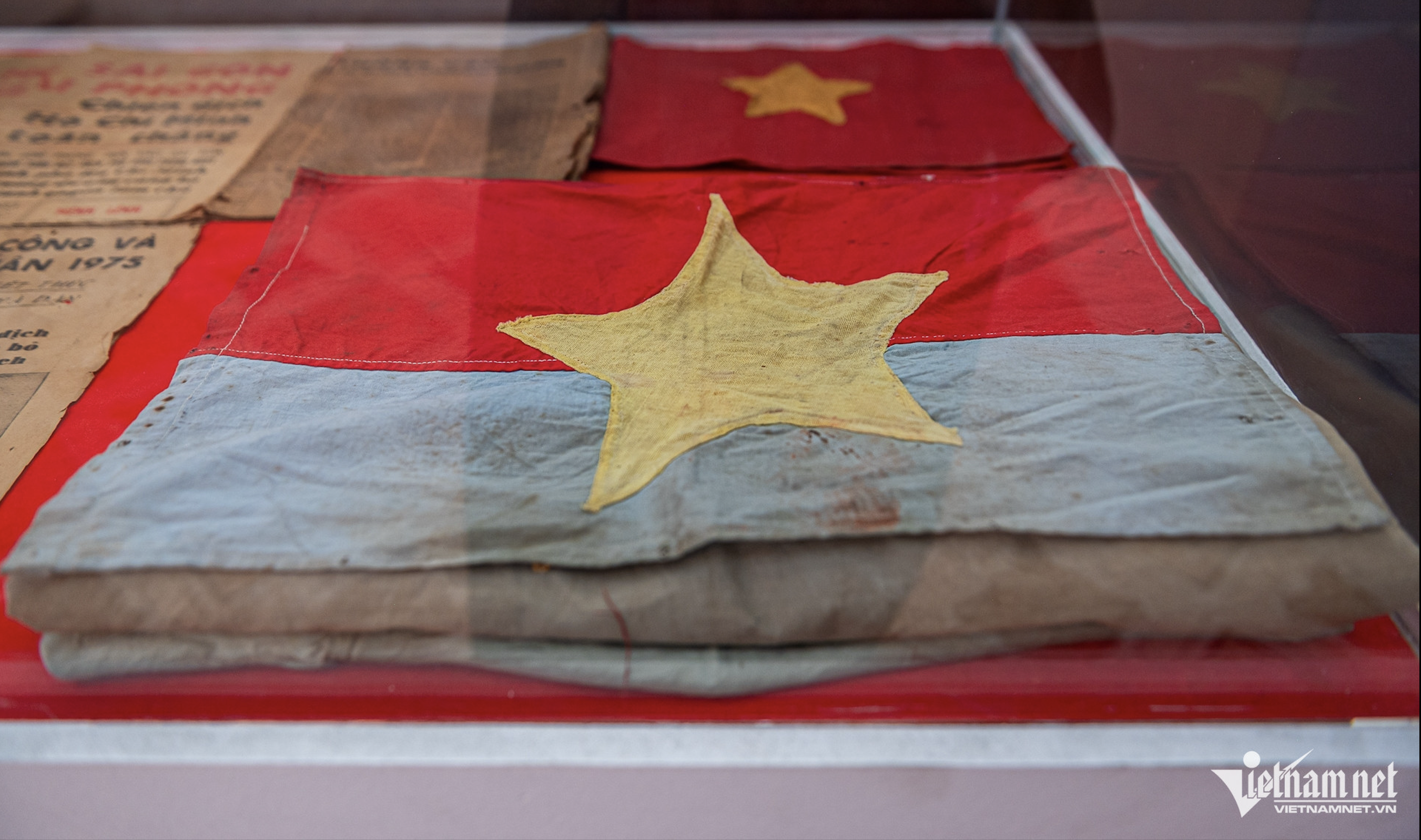

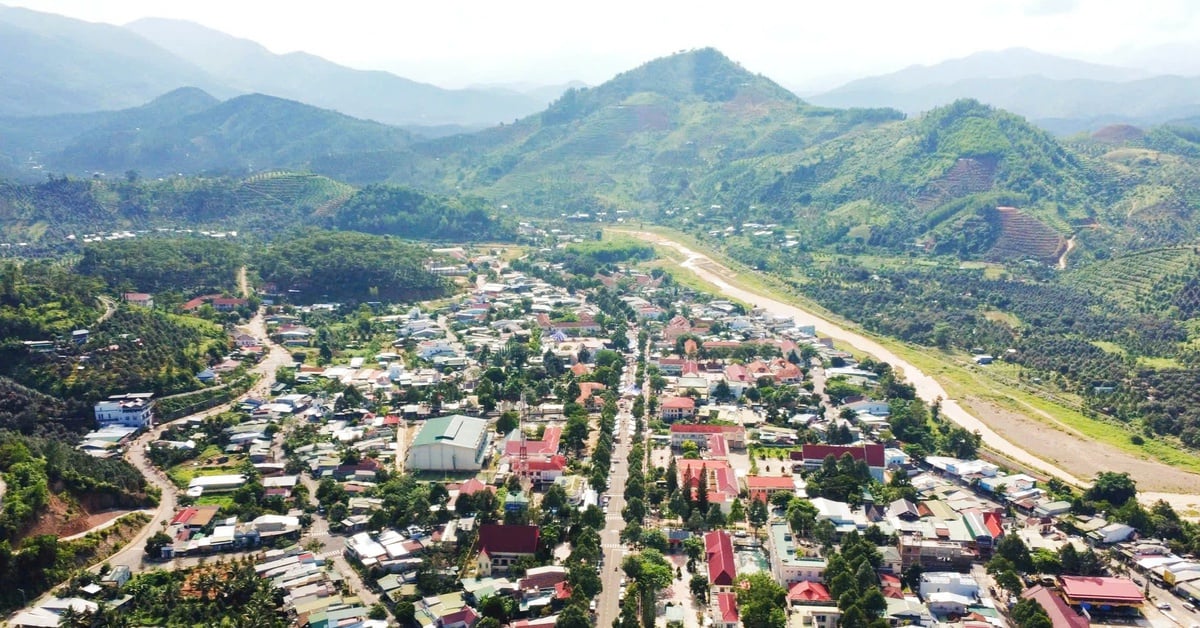

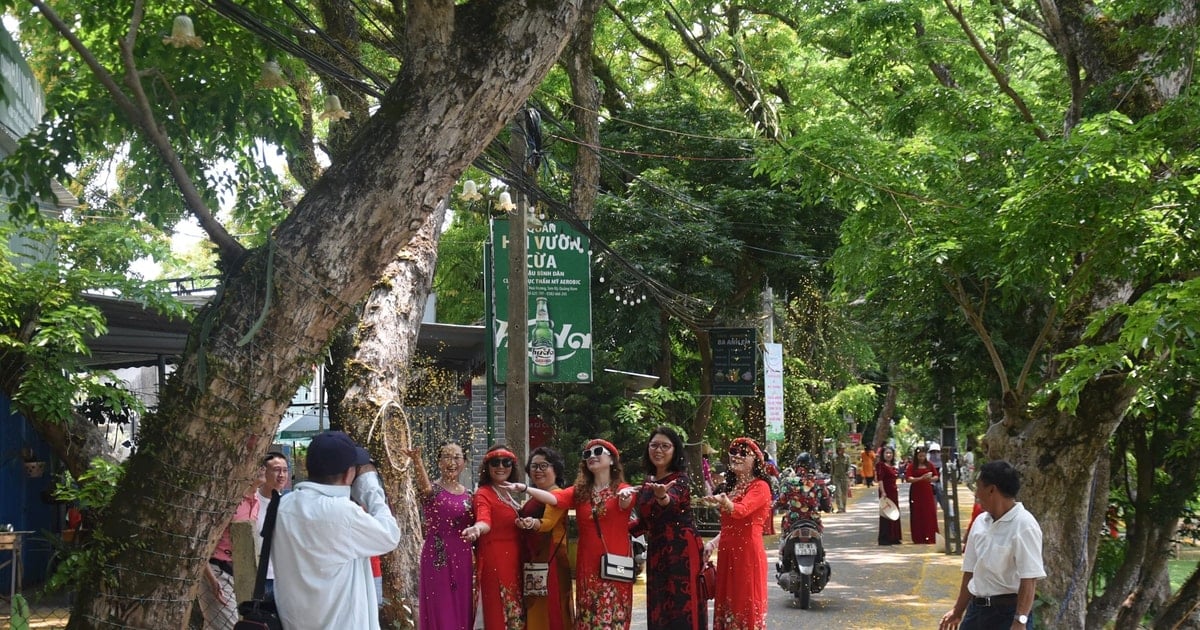



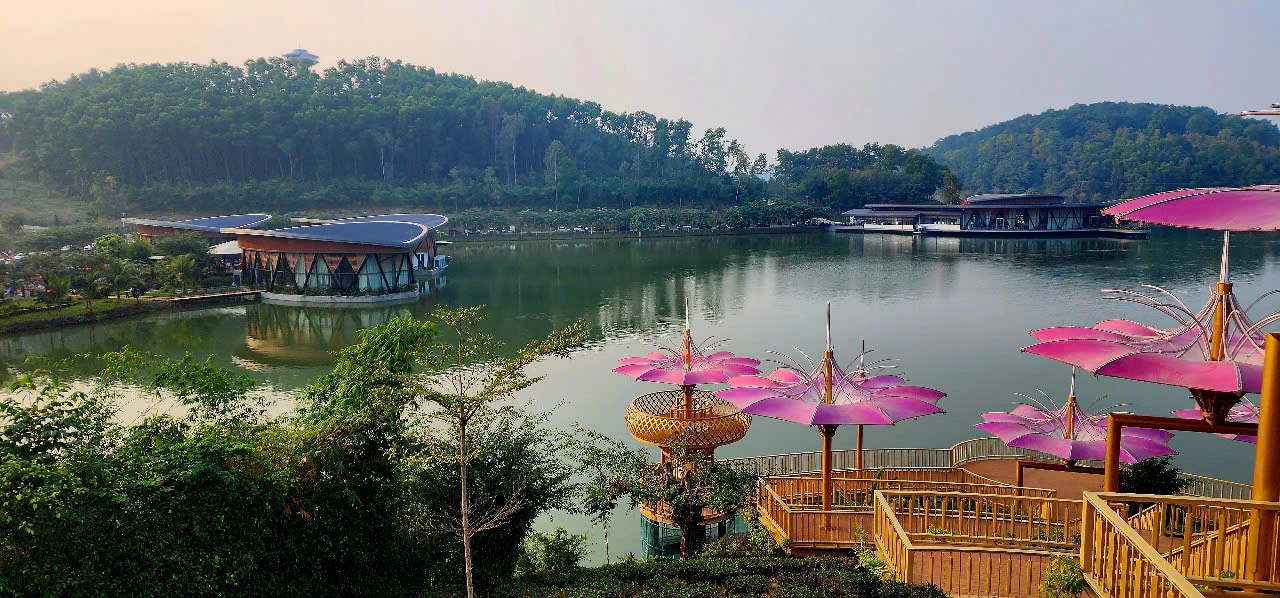

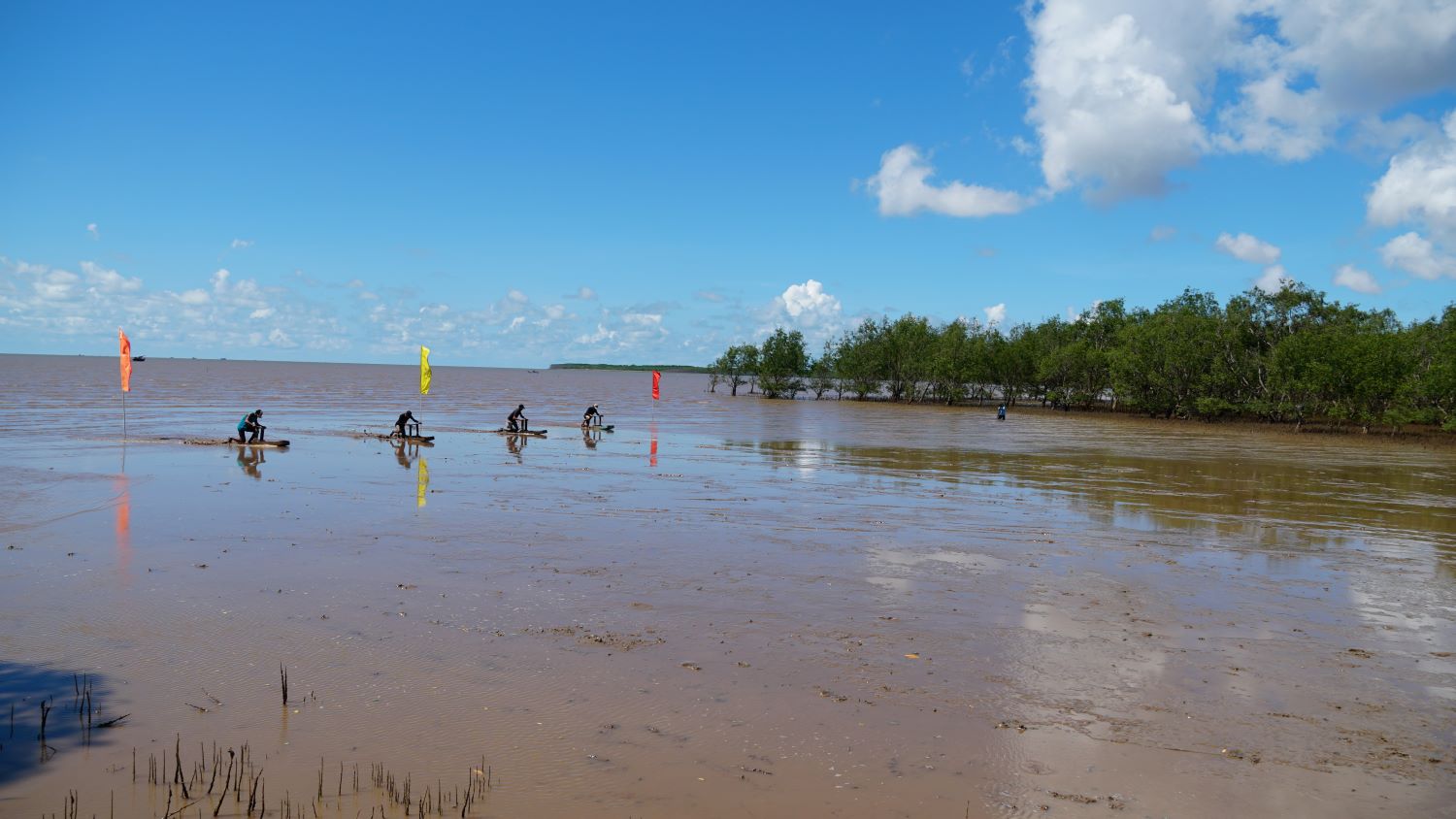




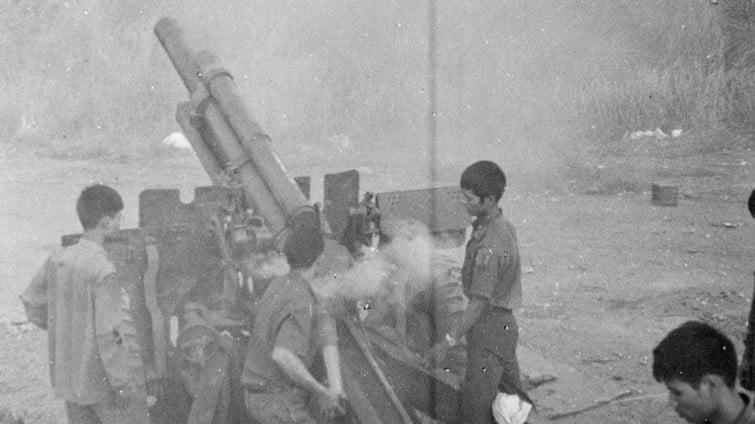
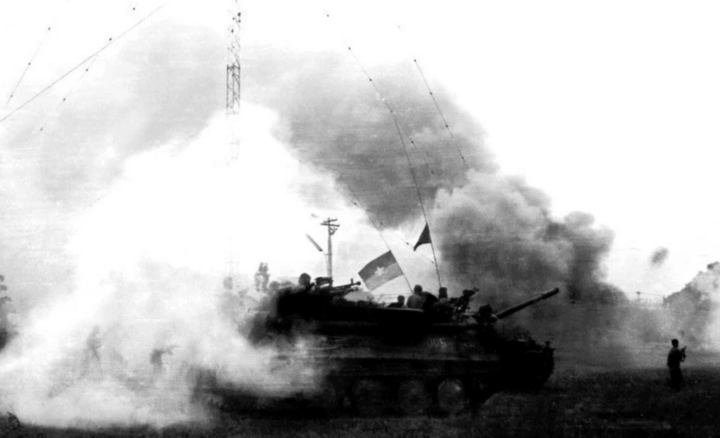
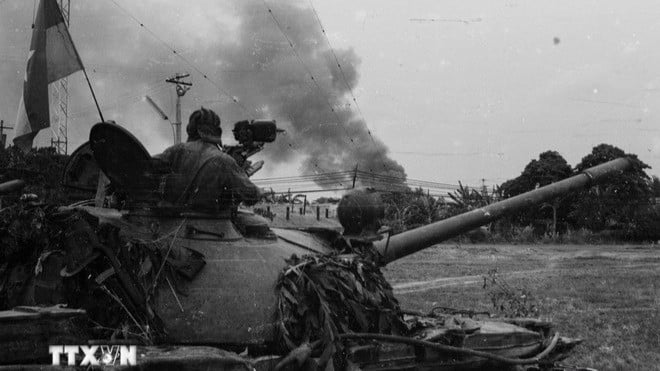










![[Photo] Unique folk games at Chuong Village Festival](https://vstatic.vietnam.vn/vietnam/resource/IMAGE/2025/4/10/cff805a06fdd443b9474c017f98075a4)






















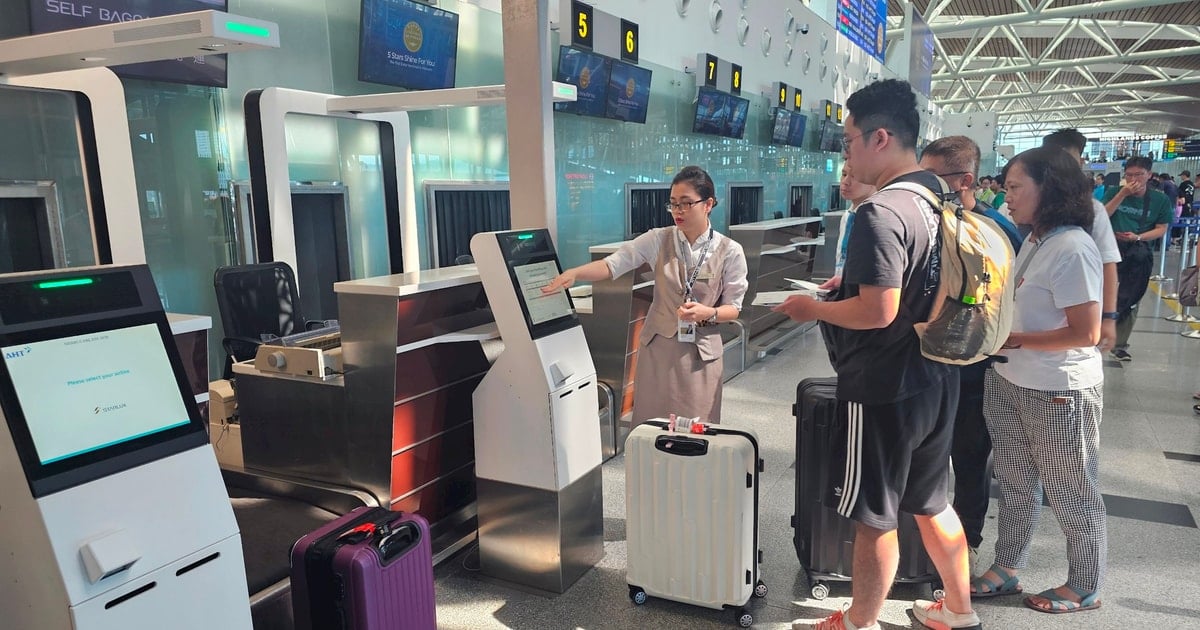

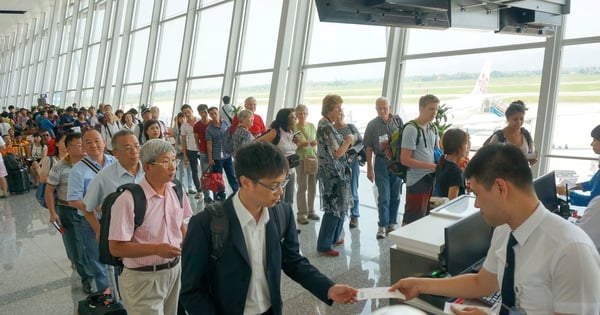


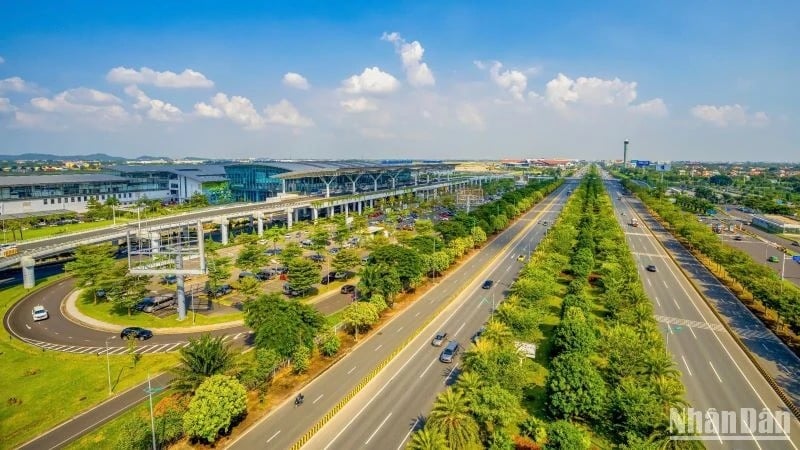










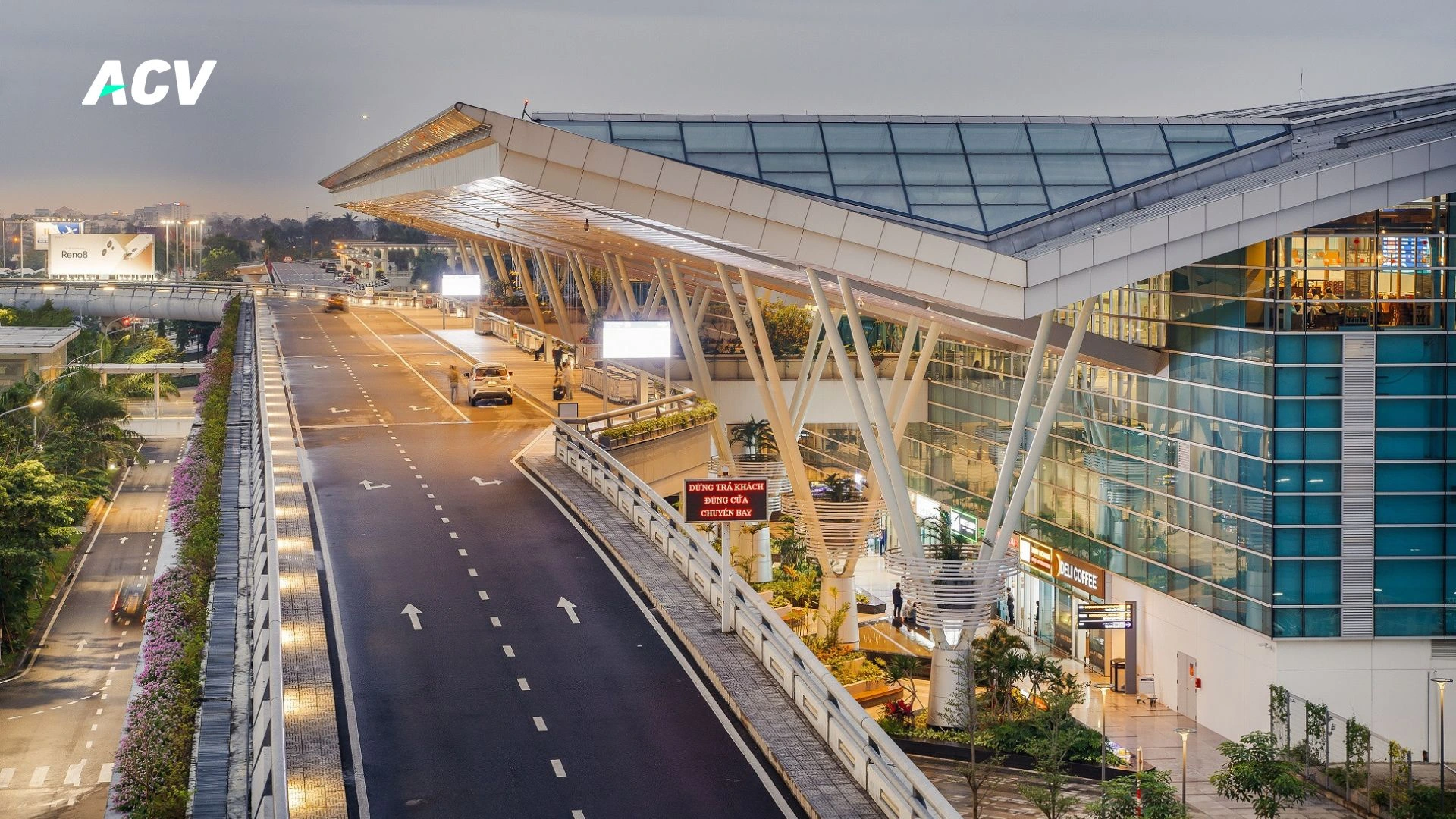










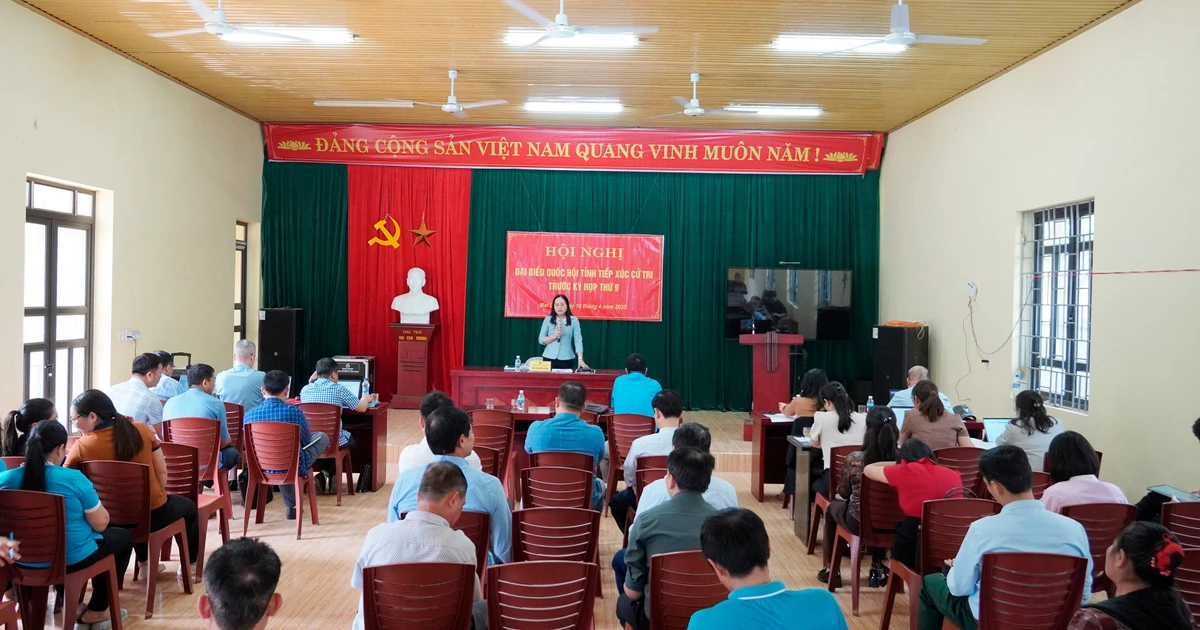

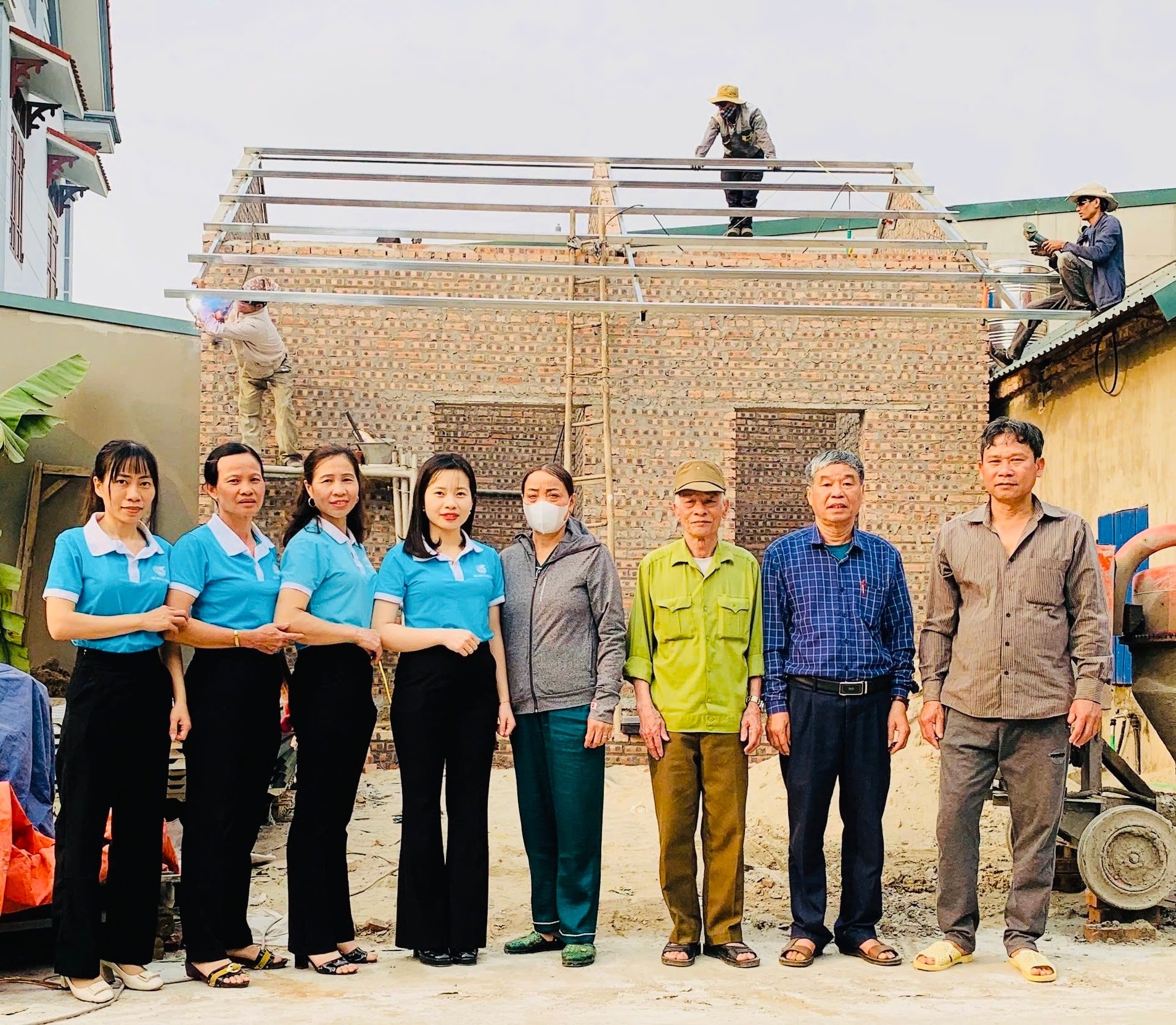









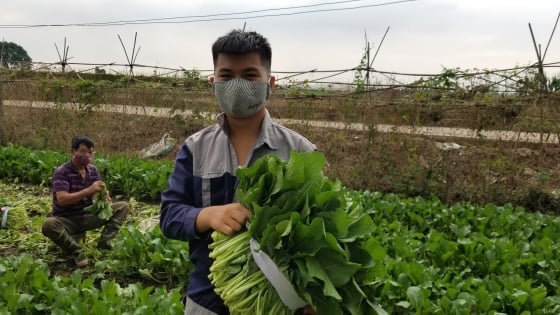



Comment (0)